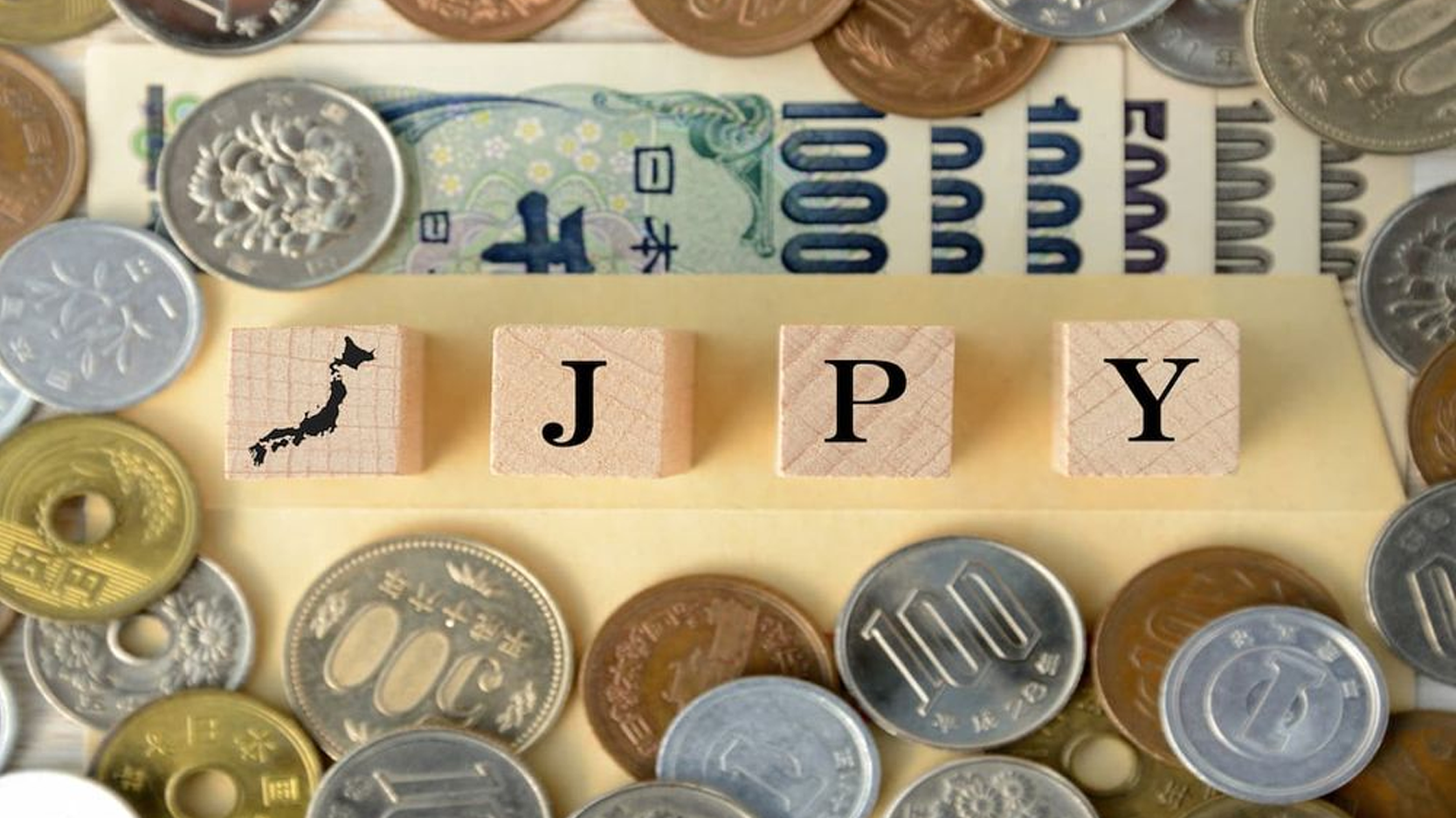2025 JPY Exchange Guide: Is Now the Right Time to Buy?
【2025 Japanese Yen Exchange Rate】Is It a Good Time to Exchange Yen Now? A Complete Guide to Yen Trends and the Best Timing to Exchange
Planning a trip to Japan recently but watching the yen exchange rate soar and dip like a roller coaster, leaving you wondering, “Is it a good time to exchange yen now?” Worried you might be converting at the peak and losing out? We understand your anxiety. After all, who wouldn’t want to get the most yen for the least Taiwan dollars, making every bowl of ramen and every shopping spree on your trip even more worthwhile?
This article provides a comprehensive perspective, offering an in-depth analysis of the fundamental factors influencing the yen exchange rate, along with expert-level strategies for timing yen exchanges. Whether you are a shopper preparing for a trip, a student studying abroad, or a meticulous forex investor, you will find the most practical exchange guide here to help you overcome anxiety and precisely capture the optimal moment to exchange.
Is It a Good Time to Exchange Japanese Yen? Starting with the Latest Rate Trends
To answer this question, we cannot focus solely on today’s price; we need to take a longer-term view and examine it from a macro perspective. By reviewing historical trends, we can more clearly assess where the current rate stands within the overall exchange rate landscape.
Complete Review of Yen Exchange Rate Trends in 2024–2025
During this period, the yen’s exchange rate against major currencies such as the US dollar and Taiwan dollar has experienced a notably “favorable” phase. Influenced by the global economic environment, particularly divergent central bank monetary policies, the yen has shown a continued weakening trend. This means that for those holding TWD or USD, purchasing power when exchanging for yen has significantly increased.
💡 Historical Trend Tip: When examining exchange rate charts, pay attention to several key indicators:
- Long-Term Trend Lines: Determine whether the overall trend is appreciating or depreciating.
- Support and Resistance Levels: Historical key levels where the exchange rate may reverse or consolidate.
- Volatility Range: Understand the daily fluctuations of the exchange rate to help set reasonable entry points.
Is the Current Exchange Rate a “Relative High” or a “Relative Low”?
Taking the TWD exchange rate as an example, the yen has recently hovered in the 0.21–0.23 range, a historically rare “low” over the past decade. Back then, the yen once surged to a high of 0.38; today’s rate is almost 40% lower. Based on historical data alone, this is indeed a relatively favorable time to exchange currency.
How Many More Bowls of Ramen Can You Get with 10,000 TWD Compared to Last Year? Let’s Do the Math
Numbers speak most clearly. Let’s do a simple calculation to feel the “small joys” that exchange rate differences can bring:
🍜 Ramen Calculation Method 🍜
Assume the price of a bowl of delicious Japanese ramen is ¥1,000.
Last Year’s High Rate 0.23:
10,000 TWD ÷ 0.23 ≈ ¥43,478 (enough for about 43 bowls of ramen)
Recent Low Rate 0.21:
10,000 TWD ÷ 0.21 ≈ ¥47,619 (enough for about 47 bowls of ramen)
🎉 Conclusion: With the same 10,000 TWD, you can now enjoy 4 more bowls of ramen!
Why Has the Yen Remained Weak? 3 Key Factors Affecting the Exchange Rate
Understanding why the yen is “cheap” can help us better predict future trends. This is not due to a single reason, but the result of the interplay of three major international financial factors.
Key Factor One: The Bank of Japan’s Dovish Monetary Policy
In financial terminology, “dovish” refers to a policy stance favoring loose monetary conditions and low interest rates. For a long time, to stimulate the domestic economy and combat deflation, the Bank of Japan (BOJ) has maintained ultra-low interest rates, including negative rates. While other major countries, especially the US, raise rates to curb inflation, Japan’s inaction widens the interest rate differential, causing capital to flow toward higher-yielding currencies. This leads to yen selling and depreciation. Authoritative sources on monetary policy decisions can provide more detailed information.
Key Factor Two: The Impact of the Fed’s Strong Dollar Policy
In contrast to Japan’s “dovish” stance, the US Federal Reserve (Fed) has recently adopted a “hawkish” approach, implementing consecutive and significant rate hikes, driving the US Dollar Index steadily higher. In the global forex market, the dollar is the dominant currency, and a strong dollar typically causes most non-US currencies to depreciate, with the yen naturally affected as well.
Key Factor Three: Global Economic Conditions and Shifts in Safe-Haven Sentiment
Traditionally, the yen is considered a “safe-haven” currency. During major global political or economic turmoil, investors tend to buy yen for protection. However, in recent years, this attribute has weakened. When the global economic outlook is uncertain but no panic-level crisis has emerged, capital tends to favor high-yield US dollar assets rather than low-yield yen. This reduces the yen’s appeal as a safe haven, further increasing depreciation pressure.
Seize the Best Timing to Exchange Yen! 3 Key Strategies for Different Groups
Now that we understand the causes and effects, the next step is to develop actionable strategies. The optimal exchange method varies depending on individual needs.
Strategy One: Short-Term Travelers — Exchange in Batches Ahead of Time, Combine with High-Rebate Overseas Credit Cards
For travelers heading to Japan in a few months, the worst mistake is exchanging your entire budget in one go the day before departure. A smarter approach is:
- Batch Buying to Average Costs: Start watching the exchange rate as soon as your trip is planned. Set a target rate. For example, exchange some when it falls below 0.215, and exchange more if it drops below 0.212. This spreads out risk and avoids the pitfall of exchanging everything at the peak.
- Cash First, Card Second: Exchange enough cash to cover expenses such as transport and street food where cards aren’t accepted. For larger purchases, use a high-rebate overseas credit card. Not only do you benefit from the spot rate, but some cards also offer cashback that offsets foreign transaction fees, saving you even more.
Strategy Two: Students/Business Long-Term Residents — Set Target Rates and Exchange Regularly
For students or business professionals with ongoing, large yen needs, disciplined operations are essential. You can adopt a “dollar-cost averaging” approach similar to investing in funds: exchange a fixed amount of yen at regular intervals each month. Over time, your exchange cost will approximate the average rate during that period, making this a relatively steady strategy.
Strategy Three: Investors — Monitor Key Technical Charts and International News
If you treat the yen as a foreign exchange investment target, you need to look at a broader scope. In addition to the fundamental factors mentioned earlier (such as central bank policies), combine them with technical analysis by tracking daily and weekly moving averages (MA), relative strength index (RSI), and other indicators to identify short-term overbought or oversold signals. At the same time, closely follow economic data releases from Japan and the US, as these can act as catalysts for sharp short-term market fluctuations.
💡 Recommended Article
Curious about forex trading but not sure where to start? This beginner’s guide will walk you through the basic workings of the forex market and key analysis methods, laying a solid foundation for your investment journey. Recommended reading
5 Ways to Exchange Japanese Yen Compared: Which Is Most Cost-Effective?
Now that you know “when to exchange”, the next question is “where to exchange”. Different channels each have their pros and cons in terms of rates, convenience, and fees. The key is choosing the one that best suits your needs.
| Exchange Channel | Exchange Rate Advantage/Disadvantage | Convenience | Suitable Group |
| Bank of Taiwan Counter | Moderate rate, but most open and transparent | Requires a trip to the bank, possible waiting in line | Those who prefer traditional methods or exchange large amounts |
| Online Foreign Exchange | ✅ Usually the best rate, often with discounts | Online operation, pick up cash at airport/branch | Internet users seeking the best exchange rate |
| Foreign Currency ATM Withdrawal | Rate acceptable, but with withdrawal limits | ✅ 24-hour service, very convenient | Office workers with urgent or small-amount needs |
| Overseas Credit Card | Uses spot rate, usually favorable | Direct spending, no need to exchange cash | Heavy spenders or those who prefer not to carry much cash |
| Japanese Local Exchange Office | ❌ Usually the worst, with very large spreads | For emergency use | Backup option when cash runs out |
Conclusion
Determining whether “now is a good time to exchange yen” has never been a simple yes-or-no question. It requires a comprehensive assessment of the current exchange rate level, expectations for future trends, and most importantly—your personal needs. For most people, instead of trying to predict the absolute “lowest point”, adopting a “dollar-cost averaging” strategy is the most effective and reassuring way to spread risk and smooth out exchange costs in an uncertain market.
In summary, while it is impossible to say for certain whether the yen will fall further, from a historical perspective the current rate is undoubtedly in a relatively favorable zone. Hopefully, this analysis of yen exchange rate trends and timing strategies will help you build your own logic for currency exchange, prepare thoroughly, and enjoy the value the yen brings, whether for travel or investment.
FAQ Common Questions
Q: Should I look at the “cash rate” or the “spot rate” when exchanging yen?
That depends on your exchange method. If you bring New Taiwan Dollar cash to the bank counter and exchange it for yen banknotes, you should check the “cash selling rate”. If you use online banking or an app to exchange NTD in your account into yen and deposit it into a foreign currency account (without withdrawing cash), then you should check the “spot selling rate”. Usually, the “spot rate” is more favorable than the “cash rate”.
Q: Which bank offers the best yen exchange rate?
There is no standard answer, as each bank’s rate fluctuates constantly. In general, the Bank of Taiwan, being state-owned, tends to have fairer rates, while some private banks may offer more attractive discounts for online exchanges to stay competitive. It is recommended to check real-time bank rate listings on online comparison platforms before exchanging, and choose the most favorable option at that moment.
Q: Should I exchange all my travel money at once?
Strongly not recommended! As mentioned in the earlier strategy, unless you are extremely confident in your judgment, going “all-in” carries very high risk. The best approach is “dollar-cost averaging”: exchange part of your money when the rate looks favorable, and if the rate improves later, exchange another portion. This helps smooth out your average cost and avoids the regret of exchanging at the peak.
Q: Is it possible for the yen to rebound and appreciate in the future?
Yes, it is possible. The key lies in whether the Bank of Japan (BOJ) shifts its monetary policy. If Japan’s inflation can stably reach the 2% target and economic data shows strong performance, the BOJ may consider ending negative interest rates or even raising rates. Once Japan raises rates, the interest rate gap with countries like the US would narrow, which could trigger a stronger rebound and appreciation of the yen.
Related Articles
-
Which Exchange Is Best for Beginners? 2025 Beginner’s Guide and Exchange Recommendations Just stepped into the new world of cryptocurrency but already overwhelmed by the countless exchanges out there? When faced with the big question, “Which exchange is best for beginners?”, many people simply don’t know where to start. In...2025 年 11 月 17 日
-
Exchange Fund Transfer Procedure: Illustrated Guide to Deposits, Withdrawals, and Wallet Transfers New to the world of cryptocurrency but overwhelmed by the complicated fund operations? You often hear terms like “deposit”, “withdrawal”, and “fund transfer”, yet when it comes to actual operation, you worry that pressing the wrong button might...2025 年 11 月 17 日
-
Exchange API Application and Integration Tutorial: Understand API Trading Settings in One Article! Tired of watching the market all day and placing orders manually, only to miss the best entry and exit points? Want to implement 24/7 automated trading strategies through programming but don’t know where to start? This article...2025 年 11 月 17 日













